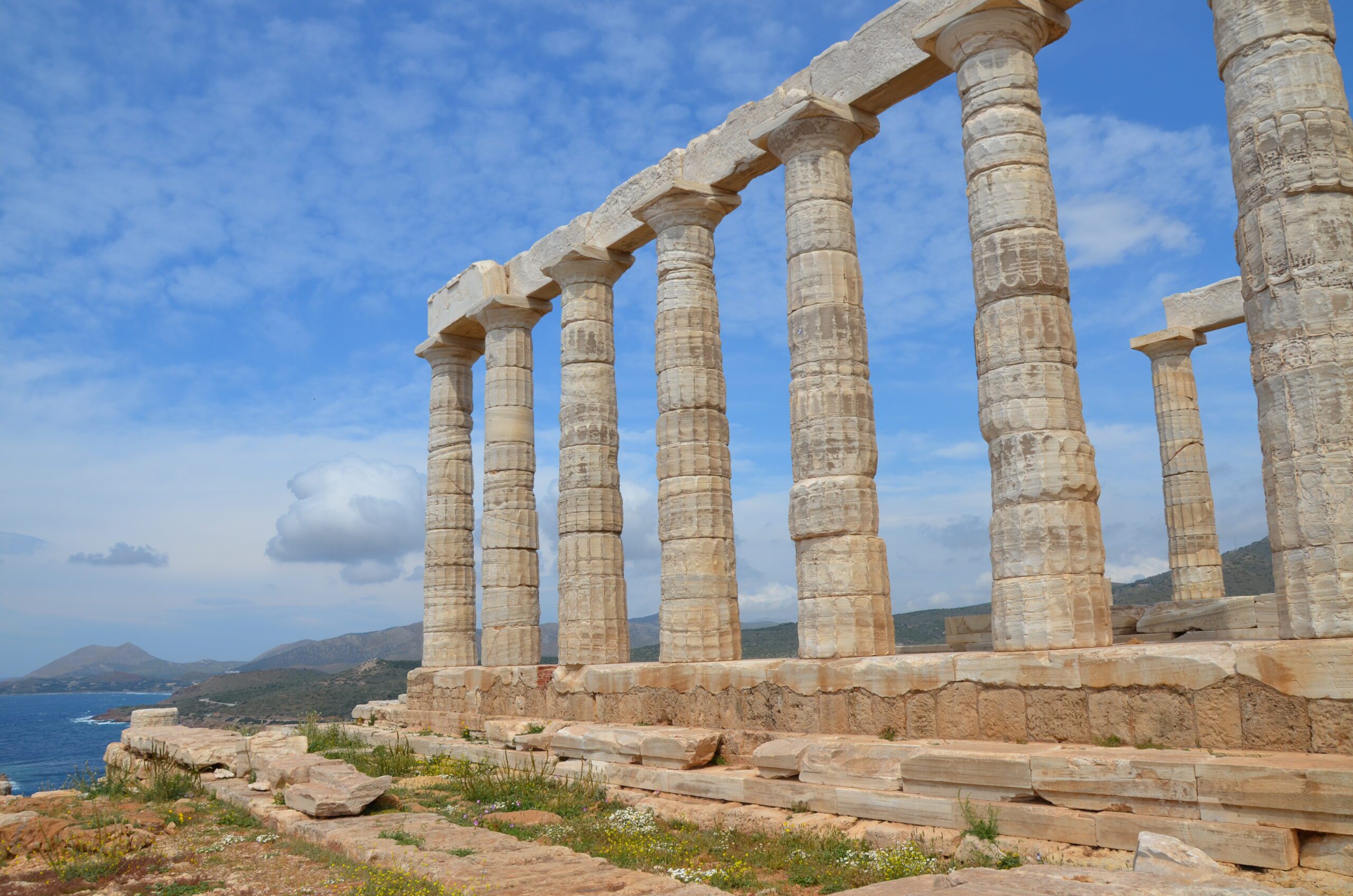When I traveled to Paris in 2012 for an academic conference, my host, a professor at Sorbonne University, asked me where home is, and I said immediately, “Amherst, Massachusetts.” My response surprised me. I had, by then, lived in Amherst for just a year.
So, I clarified: I am from India but Amherst is where I’m at home. I could not find a word to encapsulate the experience, so I offered her its antonym: unheimlich, the German origins of “uncanny,” that translates to not feeling at home.
Why does a place where I’d lived barely a fraction of my life feel so compellingly intimate?
I moved to Amherst in 2011 to earn an MFA in creative writing. I believed I was asexual and I turned thirty that winter. “Your novel wants to be a gay love story,” noted Professor Sabina Murray in her feedback, early in the semester. I went to her office hours the next day and argued that “he,” my character, is asexual, and in response she patiently pointed to those subtexts on which she’d based her observations. What followed was months of therapy, and on the last day of class, held in Professor Murray’s house, potluck-style, I came out and so did my novel; “he” received like a rebirth his sexuality over the course of a revision. This is now a running joke between Professor Murray and me: I took her workshop and went to therapy.
Coming out is to gayness as journey is to migration: the former two are conscious acts of departure, the latter two ways of becoming that follow the acts. Both acts cause a rupture: they produce a necessary violence that shake up a known reality and cause, not a rift—the Before and the After permanently separated—but an altered state, the After recoding, and accumulating upon the Before, a never-ending process that I found challenging—I was, after all, assimilating two acts of rupture—but not painful, due in no insignificant part to the organic community within which I was cultivating myself.
“Removal to another place,” as translator Michael Cronin says, “is tantamount to a rebirth,” for one’s “place of birth can primarily be a locus of history, story, anecdote, verbalized project.”1 In those national, religious, and familial discourses that schooled me as a child of 1980s India (and that are prevalent, still) I am a prime example of citizen gone astray, a man who loves men and chooses the arts over the disciplines. So only in being an academic migrant who lives in the Pioneer Valley was I able to live fully my life as a gay man whose ambition it is to professionally write and teach.
Yet, every time I purchase airplane tickets to India, an almost animal force animates my muscle memory. It is the physical manifestation of the imagined re-initiation of contact with my community of family and friends from home with whom I have that particular intimacy of a shared history. As I shop for tickets I message my friends on Facebook, I video call my mother, and the logistics of arrival and departure receive a secondary status, slipped between the more elaborate acts of recollection. “Remember that time,” we begin. That time is, it seems, the preferred temporal reference for those who’re connected even when their paths have diverged (by the act of migration in my case), for it evokes an immediacy which, ironically, specific time markers—two years ago, last winter—are incapable of. That time assigns the same, even freshness to every act of recollection, however far or close the past event may be to the present. It infuses the conversational moment with pleasure, and in my case, prepares me for the future event of getting together. But this exhaustive pleasure is possible only if I purchase a two-way ticket, a contract that latches the fact of my return to Amherst onto a particular day and time.
Like many southern Indians, I punctuate my lunch with curd and steaming rice; my north Indian friends jokingly call me “Curd Rice.” A few days after I moved to Amherst, I went to Trader Joe’s and looked for but could not find “curd” in the dairy section. A helpful assistant used his smartphone and figured out that what I might be looking for is “yogurt.” Even though one is only an approximation of the other, a sort of weak culinary synonym, I went with the replacement and it became my new norm to say I end my lunches with yogurt rice.
Over time, the cultural signifiers attached to “curd rice”—a culinary habit from home, the banter between friends—migrated to “yogurt rice,” this American name evoking the memories that the dish’s previous nominal iteration accumulated. And, like when you’re told by a sibling who sees you after months that you’ve grown taller or have lost weight, I noticed this transformation after the fact, with a jolt of wonder.
The rupture caused by movement, India to America, is thus not a border-like demarcation. Rather, like a fish that moves fluidly between rivers that meet at a confluence, two different kinds of water mingling upon its flesh, my experience as a migrant is a simultaneity: the place left behind, the place I now live in, the places I traveled through, each informing the meaning of the other. Place is not a fixed geography but a dynamic presence.
This plurality, that is my truth, is the reason why I am drawn to works of migratory art. They are created by migrants and accurately depict the act of migration as a layered experienced. I am haunted, for instance, by Les Voyageurs (“The Travelers”), a sculpture that cuts an uncanny figure: its bodily center—chest to knee—is literally missing. As it stands at the port of Marseilles, the liminal space of the sea appears in the space opened by this erasure. It is both Body and Not Body. Erasure, in this sculpture, made by Frances Bruno Catalano, a sailor by profession, is not a removal but a replacement: a nomadic aesthetic replaces the aesthetic of rootedness, movement becoming the context in which the ideas of place and belonging receive meaning. Les Voyageurs reminds me of ruins like the Temple of Poseidon where the ghost of the erased architecture is more powerfully present than what remains, the living, moving landscape—receding waves, the clouds—made visible in the space opened up by the erasures.
When I say the sculpture haunts me I mean it generates a visceral sensation: I instinctively touched my stomach when I first witnessed it.
This haunting is empathy. For empathy, in its radical form, generates meaning at a physical level. As a character in The Nix, by Nathan Hill, remarks, “most people think empathy is…understanding someone else or relating to them. But… real empathy is the actual corporeal feeling of someone else’s emotions… it’s experienced not only in the brain but also in the body.”2
When you are literally haunted by the emotion of someone else, it is empathy distilled to its purest essence, a physical manifestation of a cerebral phenomenon, an act of simultaneous illumination in our brains: the ventral component of the Medial Prefrontal Cortex which creates an awareness of the self, and its dorsal component that creates an awareness of the other.3 Works of migratory art, in activating this phenomenon, in turning the act of looking to a felt experience, enable viewers to empathize with a specific migratory depiction and by extension, because all art is metonymy, with migrant narratives. Migratory aesthetics is thus an aesthetics of empathy.
I had come to the US to earn an MFA and to finish writing a novel, but I went on to pursue a doctoral program in Comparative Literature, drawn to the discipline when I took a class, offered by Prof. Moira Inghilleri, in which I discovered migratory art and found that comparison is—or has the potential to be—an act of empathy, not the sort of comparison in which one sibling is pitted against the other, but the sort in which one mode of expression uniquely illuminates another. Her class charted a new course for me, literally, but also cognitively, as I found myself thinking in new ways about my own migration and the migratory act and its depiction. The decision I made in her class, to pursue a doctoral program, like the acts of coming out and migrating, was a rupture, where the Before was not held at a remove but altered and layered upon/alongside by the After.
Even when the act of moving away results in pleasure—which it did in my case—once you have lived in more than one place, once you have called more than one place home, once you find another home, different from the one you’ve inherited, it is impossible to purge fully the feeling of being displaced. Migrants are, at once, architects and archeologists: constructing new realities in real physical spaces and measuring the modified or eroded pasts with markers specific to their identities, aesthetic and historic. In Catalano’s sculpture, the marker is a space that opens up in the body. It is a gash, yes, but it also animates a rigid space by incorporating in it the surrounding landscape. It makes the sculpted body akin to a ruin, yes, but if ruins are a return to nature, the gash in Catalano’s sculpture is the arrival of the seascape into the figure, the sea separating but also connecting continents.
The experience of migration lies not in binaries—pleasure-pain and triumph-catastrophe—but rather, like life itself, it resides in the space in between. Even if, my research notwithstanding, I will never fully comprehend certain kinds of migrations—a refugee fleeing war, the rupture in his case, permanent—as a gay man who is from a country where homosexuality is criminalized (and may be penalized with up to ten years in prison), I know that arrivals to new shores mark an era of possibility where, even if loss, like a wound incapable of healing, never stops throbbing, one may find spaces in which they may grow, thrive, and, hopefully, belong.
It is my ambition as an academic migrant who studies the depictions of migration to create, through the act of writing—fictions, non-fictions, academic material—works that depict this plurality of the experience of migration and that, like migratory art, evoke empathy for the migrant narrative. That, we can all agree, is necessary, critical even, now more than ever before.
***
TORCH is a monthly series edited by Arielle Bernstein devoted to showcasing personal essays and interviews about immigrant and refugee experiences. You can visit the archives here. For more information on submitting head here.
***
Rumpus original logo art by Jyotsna Warikoo Designs. Image credits: image 1, image 2.
***
1. Across the Lines: Travel, Language, Translation (2000) by Michael Cronin↩
2. Excerpted from The Nix (2016: page 483) by Nathan Hill↩
3. The Science of Evil: On Empathy and the Origins of Cruelty (2012) by Simon Baron-Cohen↩






